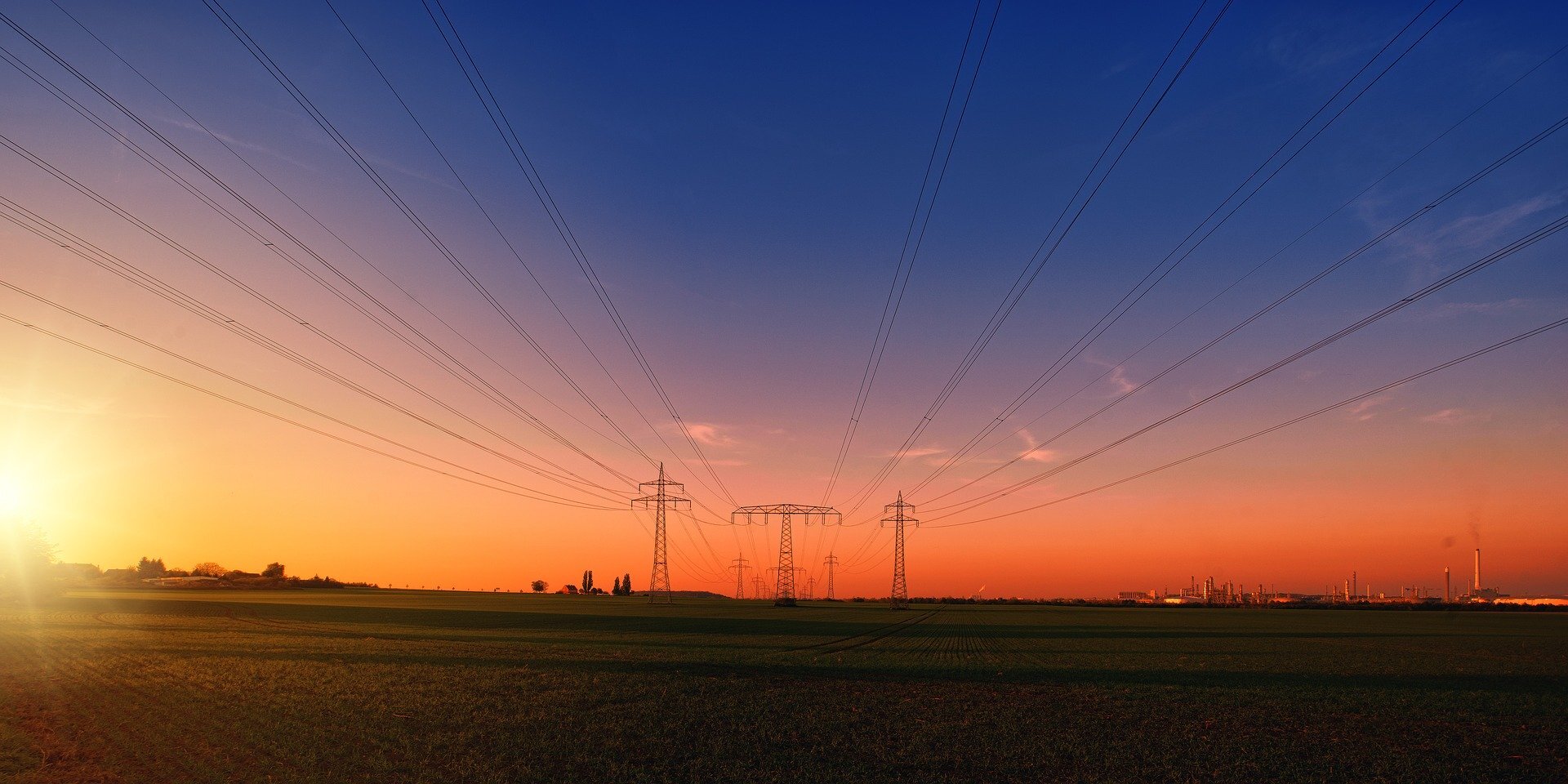
Residential Space Heating Calculator
How to use the calculator
The potential impact of your residential space heating program is dependent upon the climate of your location, the predominant heating fuel, and the cost of energy. To assess your opportunity, let’s use the Building Electrification Calculator to generate helpful results based on a few general data points.
Please enter your:
IECC climate zone
Area’s home heating fuel mix
Price per gallon of propane or fuel oil (Note: a natural gas option will soon be added)
Price per kWh for electricity
Find Your Climate Zone
Note #1: The color-coded overlay on the map sometimes loads slowly. To see an image of the map, click here.
Note #2: The climate zones are from the International Energy Conservation Code (IECC) and should not be confused with USDA’s Plant Hardiness Zones.
Building Electrification Calculator
This calculator models the possible cost savings when upgrading from a low-efficiency fossil fuel furnace to an efficient ductless mini-split heat pump, as installed in a pre-1980s era home. See our full methodology below for more specifics used in our modeling.
This self-assessment illustrates the broad opportunity for a heat pump/retrofit beneficial electrification program in your area. Understanding the specific local opportunity can be improved with localized energy audits. This assessment does not qualify as a state-mandated, energy efficiency resource assessment.
-
The data for the Building Electrification Calculator is derived from 32 modeling runs within the 2018 version of the Building Energy Optimization (BEopt) software from the National Renewable Energy Laboratory (NREL).
A standard house was used in the first 16 climate zones, with the exception that central air conditioners were excluded in zones 3C, 4C, 5B, 6A, 6B, 7A, 7B, and 7C. Each of the 16 locations was modeled with low-efficiency propane furnaces and fuel oil furnaces, and their subsequent upgrade to a ductless mini-split heat pump. We did not model buildings in zone 8 due to modeling and technology limitations which are Alaska specific.
This standard house built within BEopt is representative of a low-efficiency, single-family residence built in the United States in the early to mid-1970s. The house's building materials and energy efficiency reflect that era, so the house would commonly be seen by electric utilities as a prime candidate for energy program participation.
For the purpose of clear results with the Building Electrification Calculator, the only upgrade performed on this house is the removal of the low-efficiency propane or fuel oil furnace, the central air conditioner (where relevant), and their replacement with an efficient ductless mini-split heat pump.
Pre-1980s HOUSE: 1600 Sq Ft, 3 bed, 2 bath
EXISTING
Attic: R-13 fiberglass batt Walls: R-11 fiberglass batt Crawlspace: R-11 fiberglass batt
Windows: Clear, single pane, metal Air Leakage: 15 ACH50, 0.55 ACHn Space Heating: 80% AFUE propane furnace
Space Cooling: SEER 8 Central Air Conditioner, or None (depending on climate zone)
Water Heating: Fossil fuel standard (.59 - .62 EF) Lighting: 100% incandescent
UPGRADE
Attic: R-13 fiberglass batt Walls: R-11 fiberglass batt Crawlspace: R-11 fiberglass batt
Windows: Clear, single pane, metal Air leakage: 15 ACH50, 0.55 ACHn
Space Heating: Ductless Mini-Split, SEER 20, HSPF 10.3 Space Cooling: Ductless Mini-Split, SEER 20, HSPF 10.3
Water Heating: Fossil fuel standard (.59 - .62 EF) Lighting: 100% incandescent
Note: See the “Methodology” section on the Section 3 landing page for additional information about how the calculators were developed.

